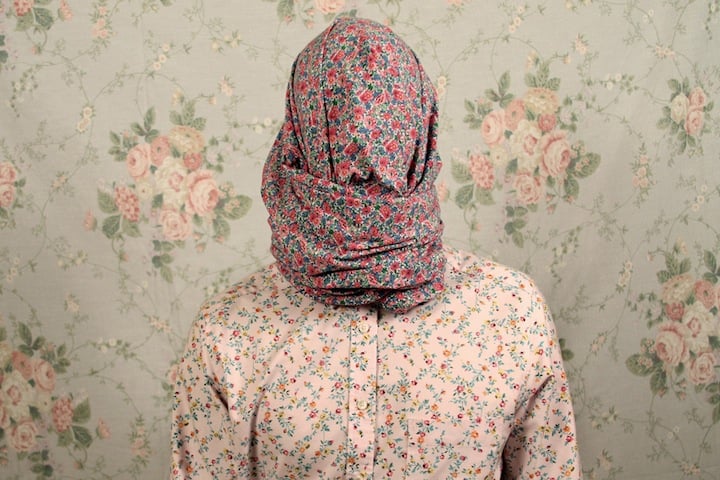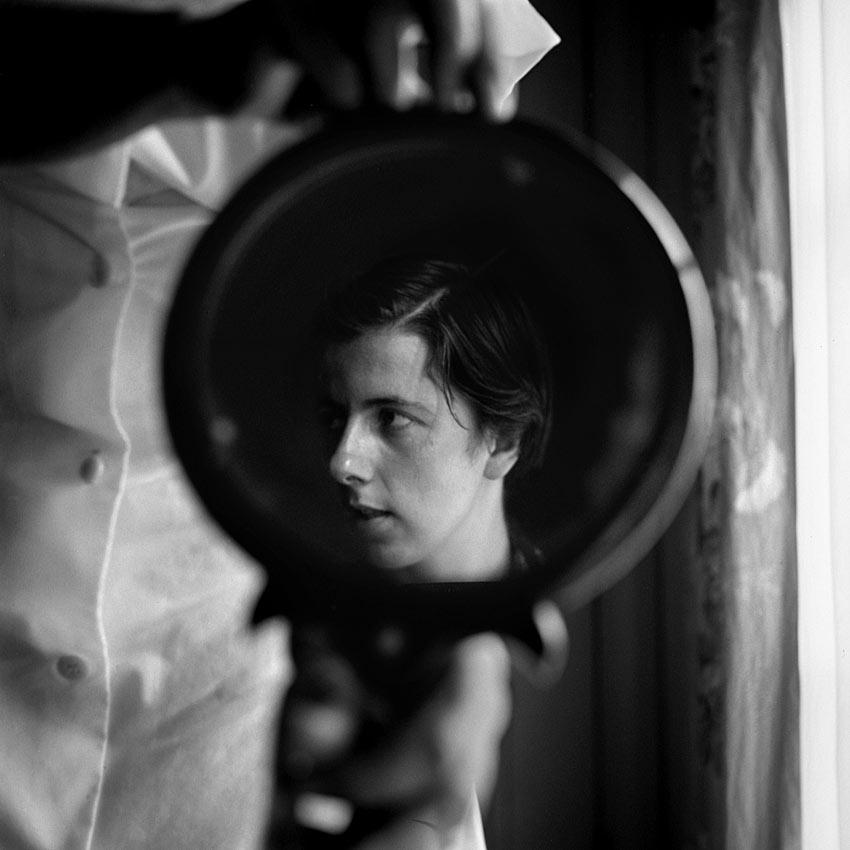The art of the self-portrait is a long-established genre for artists. Most, if not all, artists at some point have or will make a self-portrait. It can be like a compulsive urge (well it is for me) for most artists.
 |
| “Portrait of a man in a turban” by Jan Van Eyck around 1433 |
Self-portraits have been around since the dawn of time but it wasn't until the mid 15th century early renaissance that artists can be frequently identified as either the main subject or as important characters in their work. The earliest known self-portrait is thought to be “Portrait of a man in a turban” by Jan Van Eyck around 1433.
 |
| Albrecht Dürer – “Self-Portrait (or Self-Portrait at Twenty-Eight Years Old Wearing a Coat with Fur Collar)” 1500 |
It was the artist Albrecht Dϋrer and his self-portrait of 1500 were he depicts himself with unmistakable resemblance to Jesus Christ, which first caught my eye and fueled my love of the self-portrait.
It wasn't until 1839 when the first photographic self-portrait was made by RobertCornelius.
 |
| Robert Cornelius's self-portrait. The back reads, "The first light picture ever taken." |
The beauty of photography is that you can
simply just turn the camera towards you and take the shot.
The self-portrait can be a way of conveying
your inner self or personality or simply as in a autobiographical way.
If you read a autobiography you are invited
into their world, feelings, thoughts or beliefs. The self-portrait in art is
the same thing but summed up in one image, which in my eyes is a whole lot
harder to do than to write a book, although being dyslexic I would find writing
a book extremely difficult and so would rather capture and put across myself in
a single image.
A self-portrait can act as a type of
memoir, capturing a moment or memory.
Self-portraiture can deal with confessions,
revealing something personal about them. Many Contemporary artists and
Modernists self-portraits are often characterized with a strong sense of
narrative but are not just limited to vignettes of the artist’s life-story.
There are many reasons for a artist to make
a self-portrait, one of which and is also a very common reason, is that the
artist is the cheapest and most available model to hand.
The reasons why I make self-portraits is
that it gives me a way of practicing portrait photography without the need of a
model or trying to convince a friend or family member to pose. It also allows
me to experiment with various techniques or to discover new ones for myself,
also to work out compositions.
In this self-portrait I was trying to portray my work and a little about the type of cameras I use. This image was taken on my Olympus OM4-Ti and then that photo was photographed using my Iphone. In a way it is my way of showing the old with the new but actually using both mediums.
In this self-portrait I merely found a mask and thought it would be fun and interesting to make my portrait using the mask. I suppose in a way we all wear a mask of some sort. It could be the obvious such as wearing glasses or even a mask for religious reason such as the Burqa. Or it could be the emotional mask the we put on for others.

This is a standard full length self-portrait.
It is a more straight forward, you see is what you get, type portrait.
Below are a few more examples of my own self-portraits;
To end this post I would like to share some more artists own self-portraits that I find interesting and hopefully they will give you ideas if you decide to make your own portrait.
In this self-portrait I was trying to portray my work and a little about the type of cameras I use. This image was taken on my Olympus OM4-Ti and then that photo was photographed using my Iphone. In a way it is my way of showing the old with the new but actually using both mediums.
In this self-portrait I merely found a mask and thought it would be fun and interesting to make my portrait using the mask. I suppose in a way we all wear a mask of some sort. It could be the obvious such as wearing glasses or even a mask for religious reason such as the Burqa. Or it could be the emotional mask the we put on for others.

This is a standard full length self-portrait.
It is a more straight forward, you see is what you get, type portrait.
Below are a few more examples of my own self-portraits;
To end this post I would like to share some more artists own self-portraits that I find interesting and hopefully they will give you ideas if you decide to make your own portrait.
 |
Elene Usdin Makes Freaky Photos With Peculiar Props |
 |
| Kimiko Yoshida is a Japanese artist / photographer living and working in Paris, France |
 |
| self portrait series by Delaney Allen |
 |
| Vivian Maier 1955 |
 |
| Surreal Self-Portrait Photography by Noell S. Oszvald |
 |
| Self-Portrait, 1987Polaroid 20x24 Polacolor photograph |
 |
| Self Portrait by Justin Brockey |
 |
Graham Nash: Life on the Road |
Written by Paul Casey Hemming
@ Big World Picture Dot Com
Please feel free to add any thoughts or comments below.
Hover your pointer over left contents column then use your scroll wheel or button to view more posts.
Please feel free to add any thoughts or comments below.
Hover your pointer over left contents column then use your scroll wheel or button to view more posts.






No comments:
Post a Comment
Comments, feedback and questions.